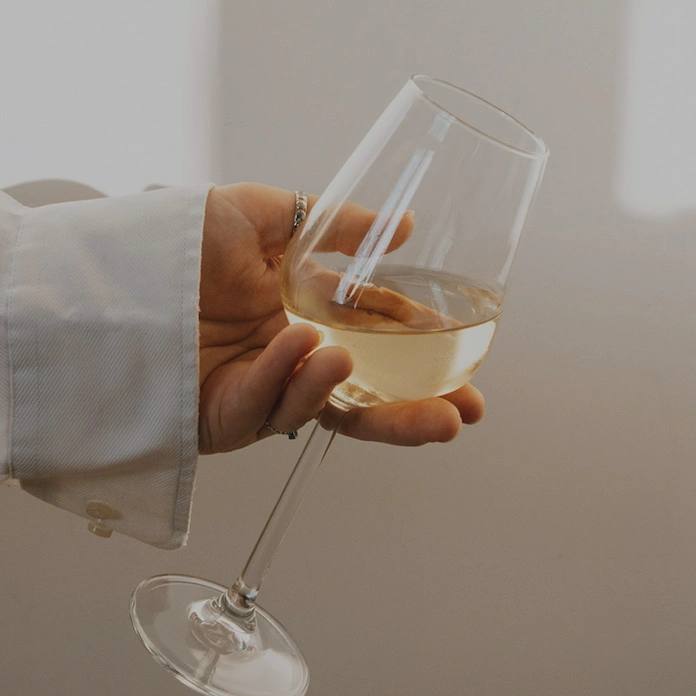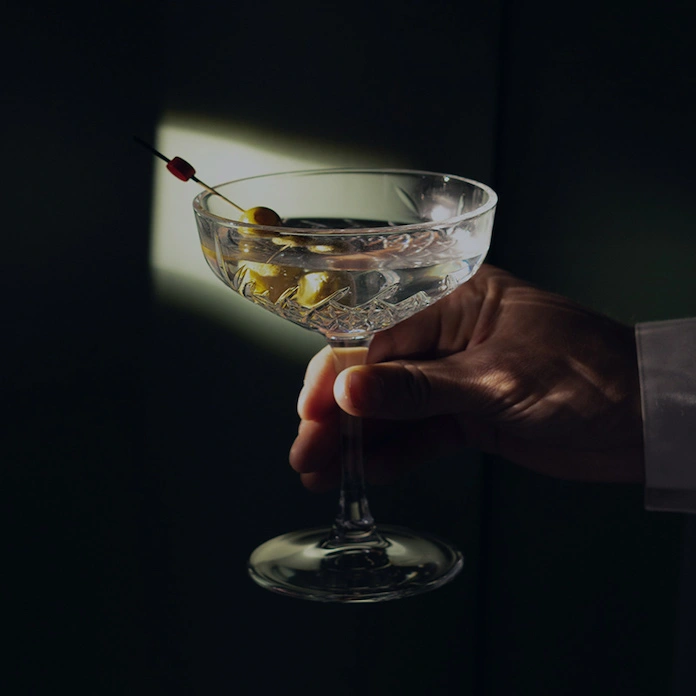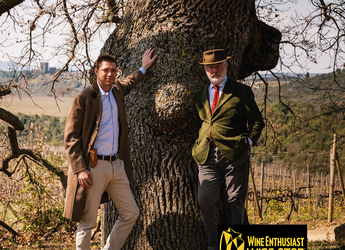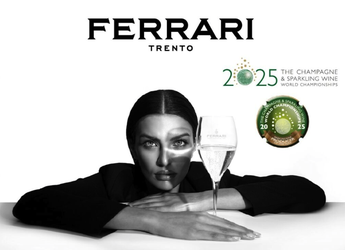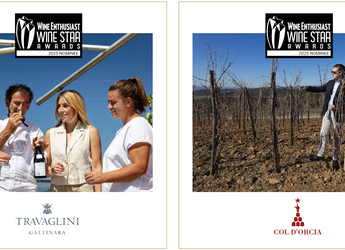
Château Duhart-Milon The Rothschilds’ Rebellious Fourth Growth Estate

Sometimes brooding and always charming, Château Duhart-Milon is often referred to by the Rothschild family as “the rebellious uncle” of its First Growth neighbor, Château Lafite Rothschild. There is no doubt, however, that these are vines growing on serious terroir. In fact, the 1855 classification elevated Château Duhart-Milon to the rank of the only Fourth Growth Grand Cru Classé in the commune of Pauillac. And, back in the 18th century (well before the Rothschilds acquired the property from the Castejas family of Pauillac in 1962), Duhart-Milon’s grapes were used for Lafite’s second wine.
The property takes its name from the “Sieur Duhart” and the little hamlet of Milon, which separates the Duhart-Milon vineyard from that of Château Lafite. According to oral tradition, the Sieur Duhart was a gunrunner for King Louis XV, who settled in Pauillac during his retirement and whose house on the port of Pauillac inspired the label of Duhart-Milon wines.
In 2001, the Rothschilds doubled down on Château Duhart-Milon, investing significantly in improvements and installing a bespoke vineyard and cellar team. It was the beginning of a new era for the Fourth Growth.
Château Duhart-Milon’s 76 hectares / 188 acres are Lafite-adjacent and situated a bit farther inland from the Gironde. The vineyard consists of a single block of vines on the hillside to the west of the Carruades Plateau, where the slightly lower elevation and more northerly exposure yield a style of wine that is singularly Duhart-Milon: earthy, deep, and with a sinewy backbone. Under Technical Director Eric Kohler, the wine range of Château Duhart-Milon has developed a softer, incredibly refined texture and tannic structure. This gives wines that tend to be more approachable in their youth.
Since 2018, Château Duhart-Milon and all the properties of Domaines Barons de Rothschild Lafite have been under the leadership of sixth-generation chair Saskia de Rothschild. She has her eyes fixed on a future that is as brilliant as their past … and for anyone who has the good fortune to meet her, it is obvious she is steering things in the right direction.

-
Location
Pauillac, Bordeaux, France -
Follow On
Terroir
Bordeaux’s Pauillac appellation is home to some of the finest wines from France, and the soil of Pauillac is credited with giving the wines their distinctive characters. Located in northern Pauillac, the vineyard of Château Duhart-Milon is set against an area of over 100 hectares / 247 acres of marshes, meadows, and woods. It consists of a single block of vines on the western side of Château Lafite Rothschild, on the Milon hillside which extends the plateau of Carruades de Lafite. Its sandy gravel soils, deposited in the Quaternary period, contain variable levels of pebbles, sand, and clay. The largest terroirs of Duhart-Milon have mostly gravel soil with 10%+ of clay content. The vineyard’s slightly lower elevation and more northerly exposure, coupled with its soil composition, yield Duhart-Milon’s singular style: earthy, deep, and with a sinewy backbone.

Viticulture
Due to the proximity of the vineyards, Château Duhart-Milon and Lafite Rothschild are managed by the same team. The Duhart-Milon vineyard covers 76 hectares / 188 acres, in one block on the western side of Château Lafite. The grape varieties are divided between cabernet sauvignon (67%) and merlot (33%), and the average age of the vines is 28 years. Under Saskia’s leadership, the vineyard — like all the Rothschild family’s properties — is in transition to certified organic status. The team uses strict control of yields, so the vines produce concentrated, high-quality fruit, and all harvesting is done by hand to ensure only the best grapes make it into the wines.

Thoughtful, Traditional Bordeaux Winemaking Practices
Like all Rothschild wines, Château Duhart-Milon offers a beautiful expression of its terroir. The grapes are carefully sorted and placed in concrete or stainless-steel vats for fermentation. The Grand Vin undergoes gentle pumping-over to optimize extraction, with a maceration time of about 20 days, while the second wine, Moulin de Duhart, macerates for around 10 days. After malolactic fermentation, both wines age in French oak barrels for over a year; the Grand Vin ages in barrels made by Tonnelleire des Domaines, Lafite's cooperage in Pauillac.


